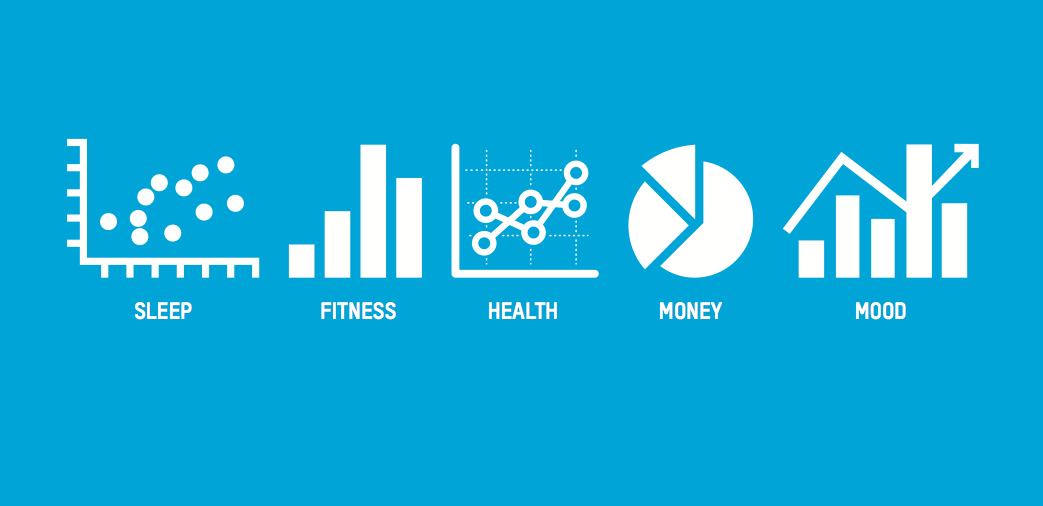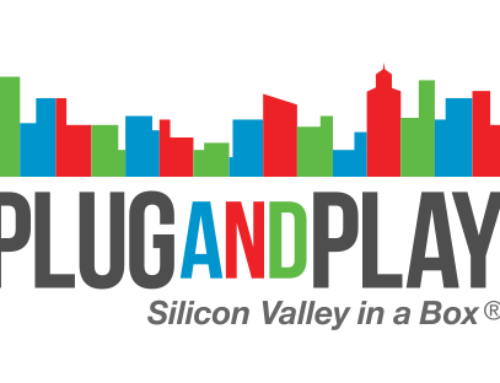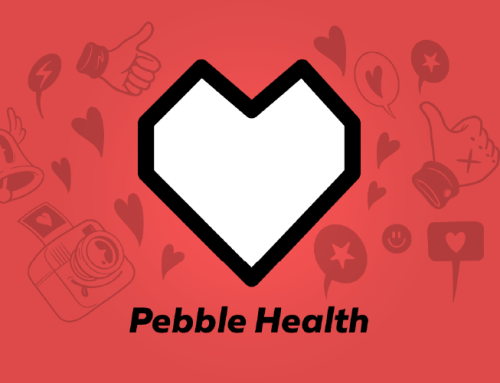Wearable technology in its nascent stage has entered into our lives -everything from fitness trackers to smartwatches to Google glass. Analysts have high expectations for this industry. From the consumer side though, it seems that lack of understanding in the application of these devices is evident. What real benefit would measuring one’s daily steps even have?
The “Quantified Self” otherwise known as “lifelogging” or “body hacking” was first coined by WIRED contributing editor Gary Wolf and his colleague Kevin Kelly in 2007. This concept that Wolf presented at TED in 2010 has since grown into a global movement with its own website, following, and even live conferences and events. The idea of gaining self knowledge or insight into self through self tracking is not a new one.
Fast forward a few years into the age of wearable technology. With significant growth in the current wearable market projected in upcoming years and a plethora of new devices entering the scene, many are waiting to see how this industry will evolve, and how consumers will react. So besides Quantified Self fanatics and other early adopters, what is the general consensus on wearables?
To find out we looked at several consumer surveys. From a survey of readers in October of last year, Business Insider Intelligence reported that “of 1,678 respondents who said they planned to buy a new phone in the next six months, just one-fifth said they are interested in buying a smartwatch.” Also, from disinterested respondents, a majority communicated that they didn’t see a use for the device.
Similarly, Tech analyst firm CCS Insight found that of consumers surveyed, awareness of wearables was high but those who actually owned and used these devices was low. The CCS survey, which included 4,000 people in the UK, the US, China and Brazil found “an impressive 75% are aware of smartwatches and fitness trackers signalling strong potential for the segment. However this is currently not being translated into meaningful ownership and usage. Only 5% of people CCS Insight surveyed own and use a fitness tracker, with smartwatches lagging slightly behind at just 3%.” Again, people didn’t see the value and prices were too high.
The results of both surveys demonstrate a need for a change in consumers’ perceptions about the benefits and utility of wearables.
Numbers however were significantly higher in a consumer intelligence report by PricewaterhouseCoopers (PwC). PwC reported that in 2014 21% of US consumers currently own a wearable. This number was compared to the early adoption of tablets, which was 20% in 2012. PwC reported consumer interest in wearables, but with mixed levels of enthusiasm. Without a clear application for the data generated by these devices the willingness of consumers to jump on the wearable train will be low. “In the absence of an actionable use for all this data, wearable technology still seems irrelevant to many consumers—or at least dispensable”
The impending release of Apple’s smart watch in the coming months will set the industry standard and determine the future of wearables. As it stands though, it seems consumers are still waiting for companies to convince them that the tech is worth the price. Tangible benefits like discounts on insurance premiums and consumers’ interest in health and wellness apps might sweeten the pot, but the onus is still device manufacturers to sell wearables to us.






